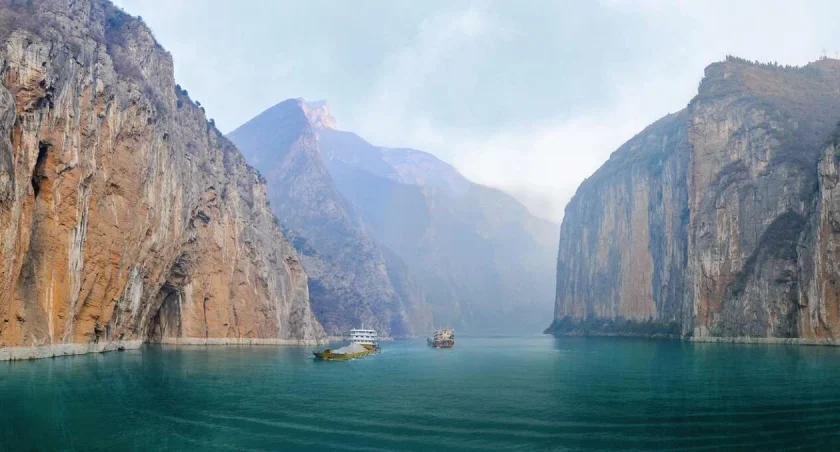
The supreme people’s court of China has recently issued a series of guiding cases on environmental protection, notably including a legal proceeding that led to exemplary sentences against Zhang Moushan and others for illegal sand mining along a large portion of the Yangtze River. The activity was judged to have inflicted severe damage on the river’s ecosystem and introduced an innovative transregional ecological restoration approach via coordinated action among local administrations.
Yangtze River, economic heart under threat
Known as the “mother river of China”, the Yangtze has long been under pressure from industrial and urban economic interests. Its safeguarding isn’t merely a matter of biodiversity, but is also central to preserving the Yangtze economic belt, which stands as a cornerstone of China’s growth.
A major step forward came in 2021, when the Yangtze River protection law entered into force. It marks China’s first legislation specifically dedicated to a river basin, and establishes the principles of ecological priority, green development, and enhanced legal responsibility, alongside strict pollution limits and ecological compensation mechanisms.
The Zhang Moushan case: a meaningful precedent
In the Zhang Moushan case, defendants employed illegal excavators to extract sand within Anhui province, leading to habitat destruction and a decline in fish populations, ultimately compromising the zone’s long-term biodiversity.
The supreme court bypassed administrative fragmentation and entrusted the case to a court in Jiangsu province, better equipped for coordinated action. In addition to criminal penalties, civil liability was enforced for ecological damage, mandating that funds be allocated toward river restoration projects, including programs to protect the finless porpoise, a critically endangered species emblematic of the Yangtze’s ecosystem.
Expanding environmental justice
Since 2021, people’s courts have adjudicated over 450,000 environmental cases within the Yangtze River basin—demonstrating a robust and growing commitment to combating pollution and preserving natural assets.
The Zhang Moushan case thus emerges as a replicable judicial model, anchored on three cornerstones: harsh penalties for environmental violations, immediate ecological restoration, and interregional collaboration.
A long-term strategic challenge
Protecting the Yangtze remains a critical, long-term endeavor. Only a robust legal framework, coupled with integrated environmental governance, can ensure that this vital artery continues to sustain the lives of millions today and into the future.